Introduction
What is UX Design? Well, it stands for User Experience Design, and it’s all about creating products that provide meaningful and relevant experiences to users. Whether it’s a website, app, or any digital interface, UX design focuses on the user’s journey to ensure their interaction is smooth, enjoyable, and valuable. Incorporating UX Design Layers is essential to achieving this goal, as it helps structure the different elements that contribute to the overall user experience.
Table of Contents
Importance of UX Design Layers
Imagine walking into a store that’s messy, hard to navigate, and doesn’t have clear signs. Frustrating, right? The same goes for digital products. Good UX design helps avoid such frustration, ensuring users can find what they need easily and enjoyably. It’s the key to user satisfaction and business success.

Understanding UX Design Layers
Overview of UX Design Layers
UX design isn’t just about making things look good. It’s a multi-layered process, each layer addressing different aspects of the user experience. Think of it like building a house – you need a strong foundation, sturdy walls, and a roof to keep everything together. In UX design, layers include the surface, skeleton, structure, scope, and strategy.
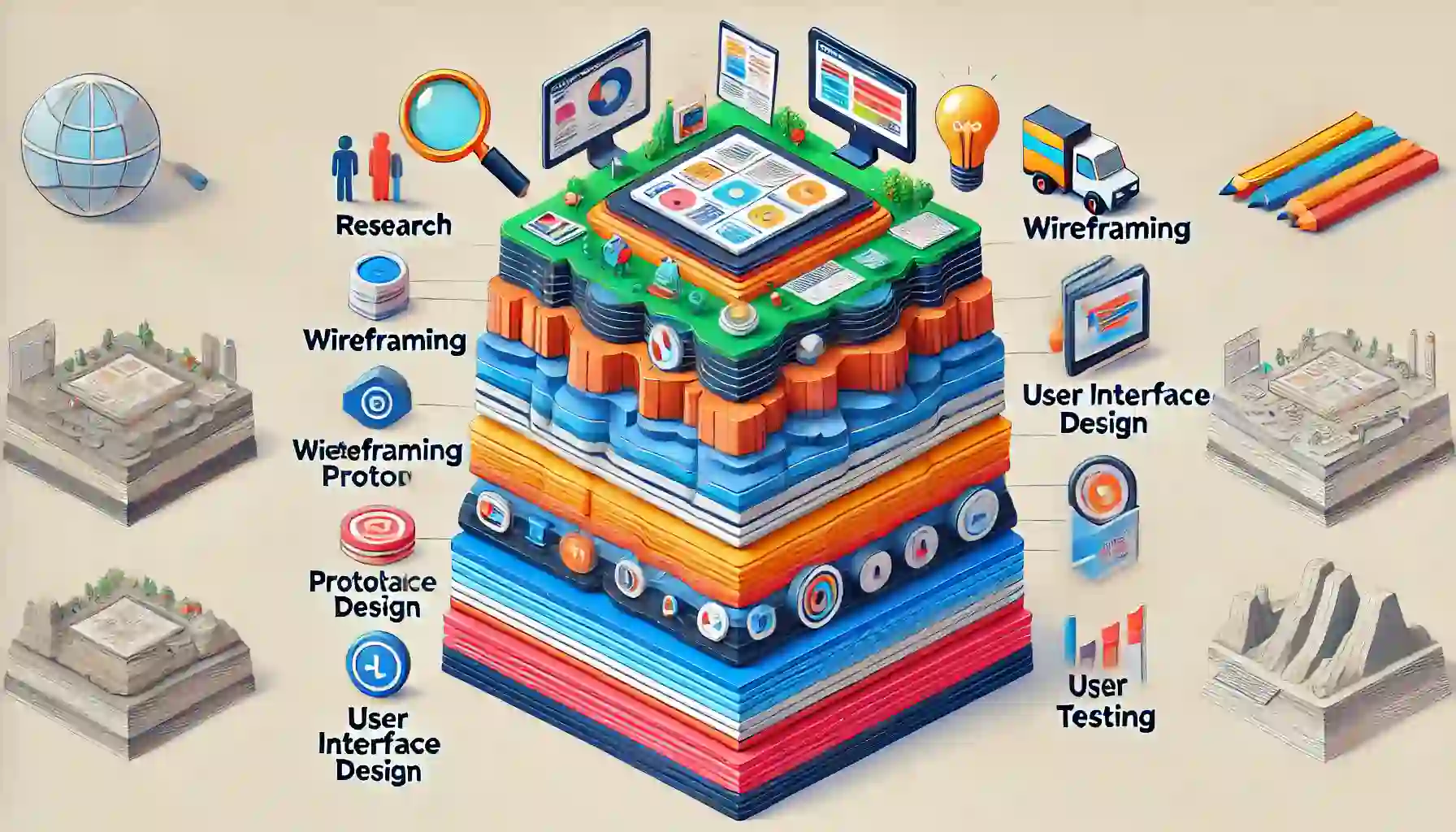
Benefits of the Layered Approach
Why go through the trouble of layering? Because it helps organize the design process, ensuring every aspect of the user experience is covered. It promotes consistency, better communication among team members, and a more user-centred design.
Surface Layer
Visual Design
The surface layer is what users see first. It’s the visuals – colours, typography, images, and overall aesthetics. It’s like the exterior of a house that catches your eye. In the context of UX Design Layers, this surface layer is crucial as it forms the initial impression and engages users visually, drawing them into the deeper layers of the user experience.
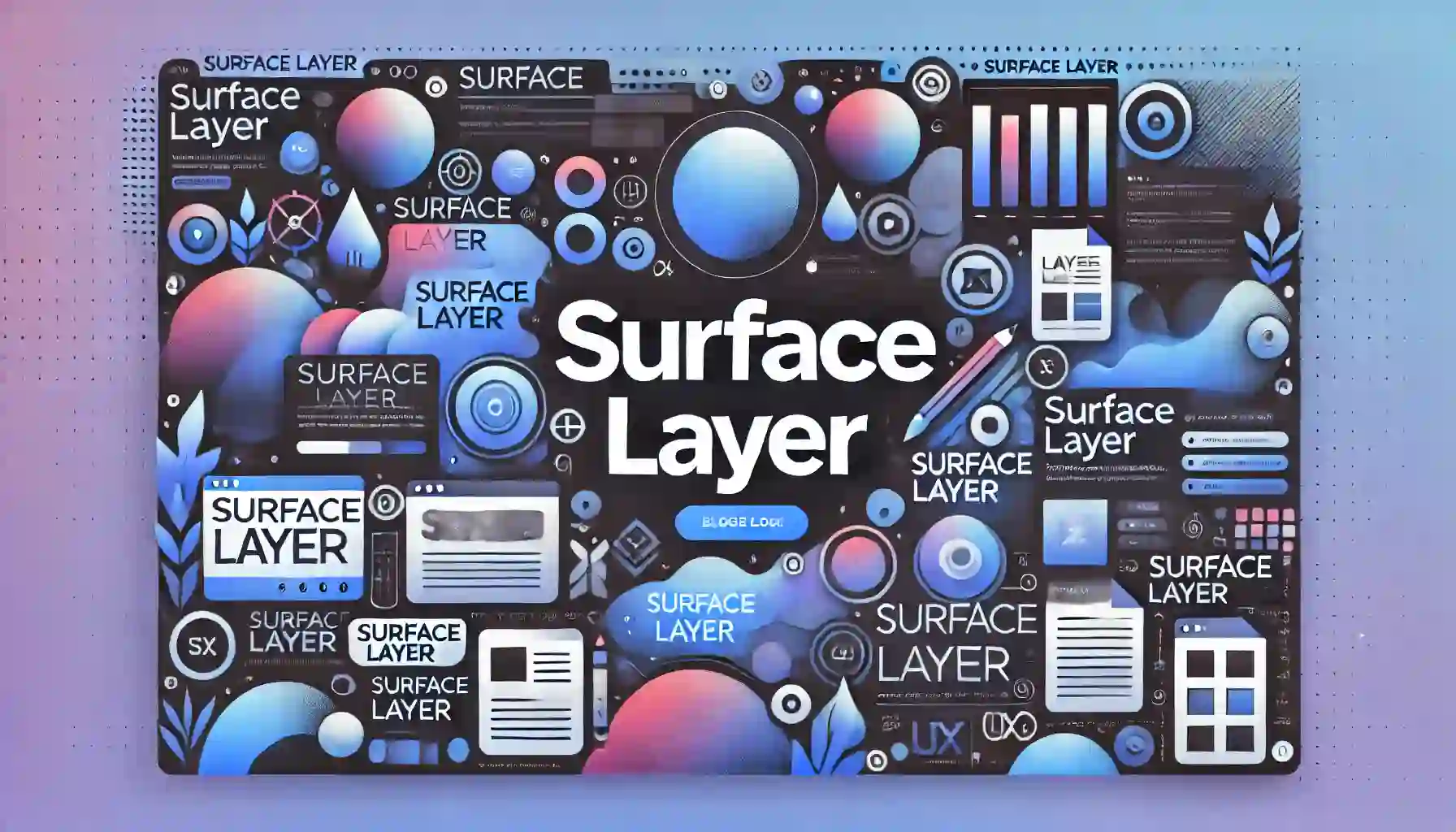
Branding and Aesthetics
This layer also includes branding elements, ensuring the design aligns with the brand’s identity. It’s about creating a visual language that speaks to users and makes a memorable impression. These are crucial aspects of the UX Design Layers.
Interaction Elements
Buttons, icons, and other interactive elements fall into this category. They must be intuitive and visually appealing to guide users effortlessly through their journey.
Skeleton Layer
Layout Design
The skeleton layer focuses on layout – the arrangement of elements on the screen. It’s about positioning content in a way that’s logical and user-friendly.
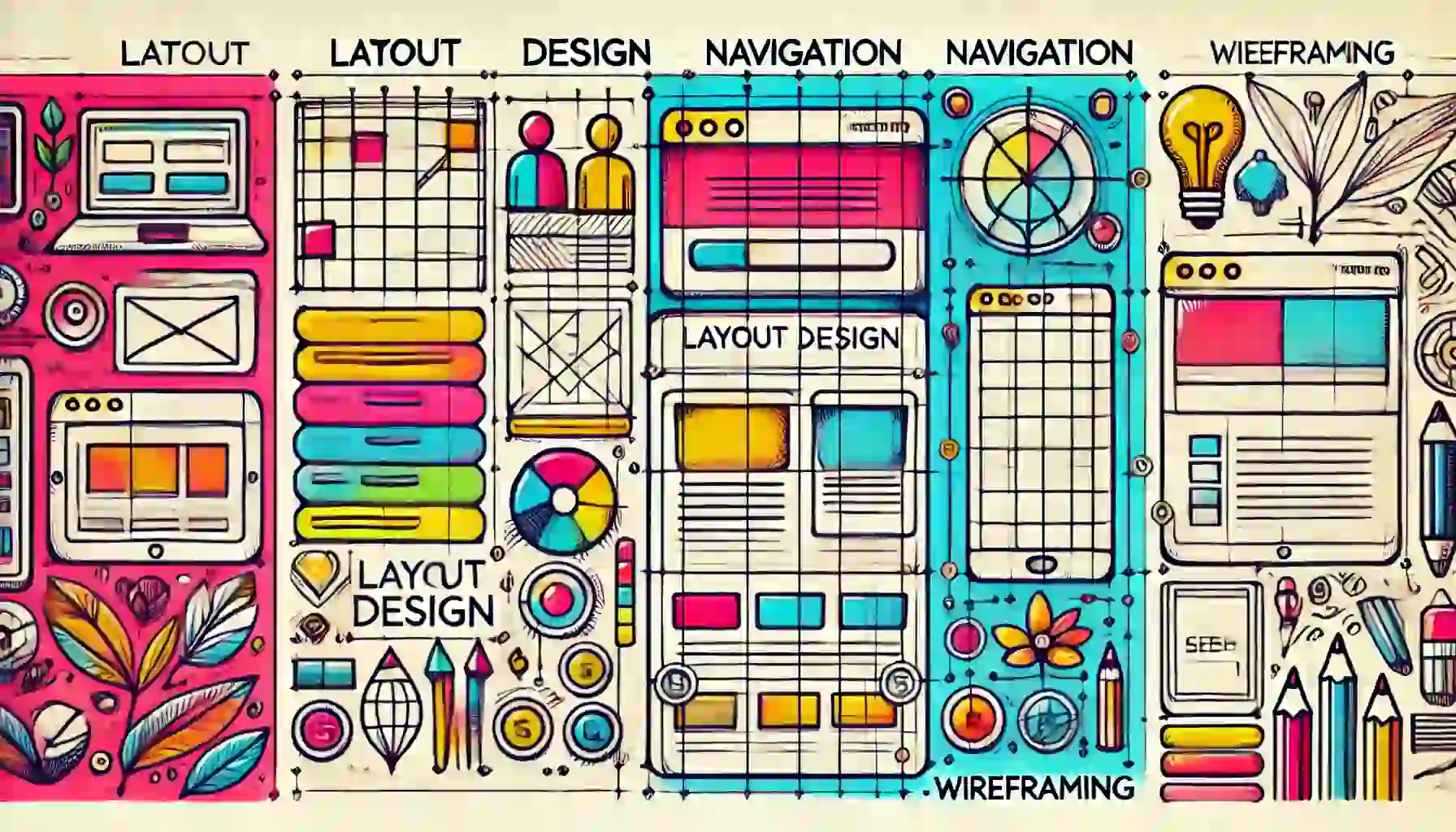
Navigation
Good navigation is crucial. It’s like a map that helps users find their way around. This includes menus, links, and other navigational aids.
Wireframing
Wireframes are basic visual representations of the layout. They serve as a blueprint, showing where each element will go without entering design details.
Structure Layer
Information Architecture
The structure layer deals with organizing information. It’s about structuring content in a way that’s easy to find and understand.

Content Strategy
A solid content strategy ensures the right content is delivered to users at the right time. It’s planning what content will be created and how it will be managed.
Data Organization
How information is categorized and stored falls under this layer. It’s like setting up a filing system that makes it easy to retrieve information when needed.
Scope Layer
Functional Specifications
This layer defines what the product will do. It’s about setting functional requirements – what features and functions the product will have.
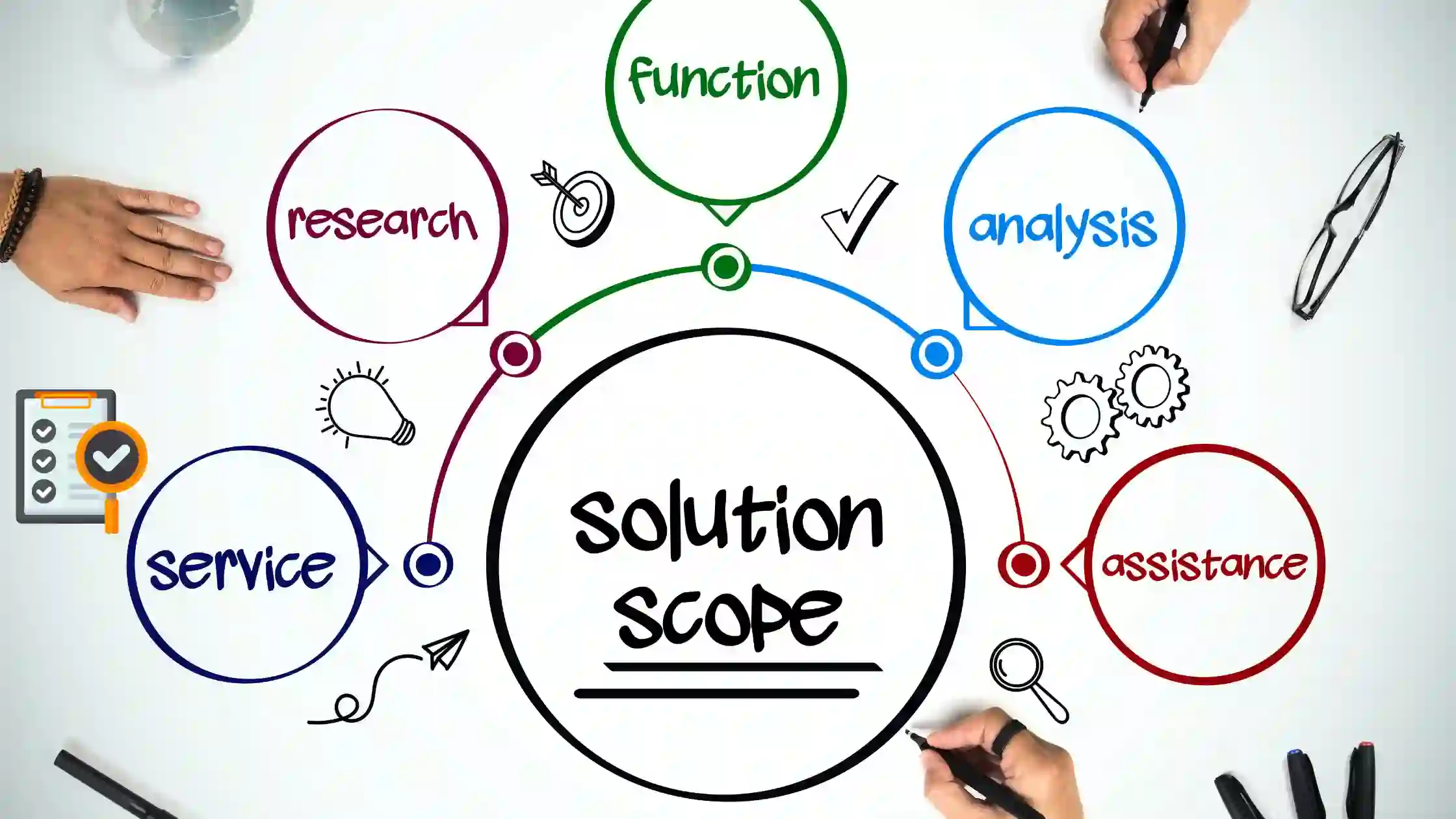
Content Requirements
Just as important are content requirements. This includes the type and amount of content needed to support the user experience.
Strategy Layer
User Needs
At the base of it all is the strategy layer, which starts with understanding user needs. What problems are users trying to solve? What are their goals?

Business Objectives
It’s also about aligning with business objectives. The design should not only meet user needs but also support business goals.
Market Research
Market research provides insights into what users want and need. It’s about studying trends, user behaviours, and competitor products.
How Layers Interact
Integration of Layers
Layers are not isolated; they interact with each other. Changes in one layer can affect others. For example, a new feature (scope layer) might require changes in the layout (skeleton layer) and visual design (surface layer).
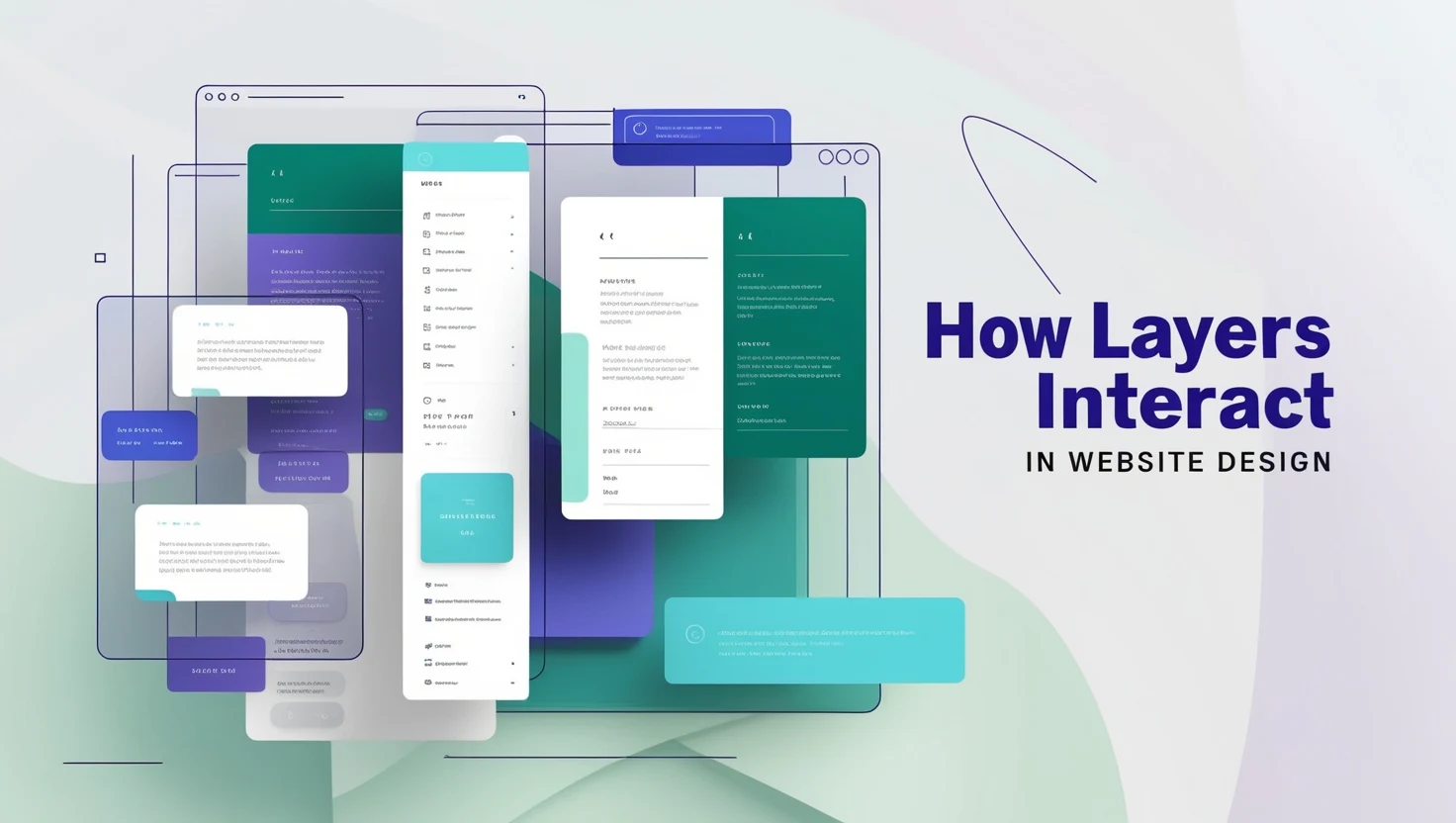
Consistency Across Layers
Maintaining consistency across layers is crucial. It ensures a cohesive user experience where everything feels connected and intentional.
Tools for UX Design Layering
Design Software
Tools like Adobe XD, Sketch, and Figma are popular for designing and prototyping. They help create and visualize the different layers.
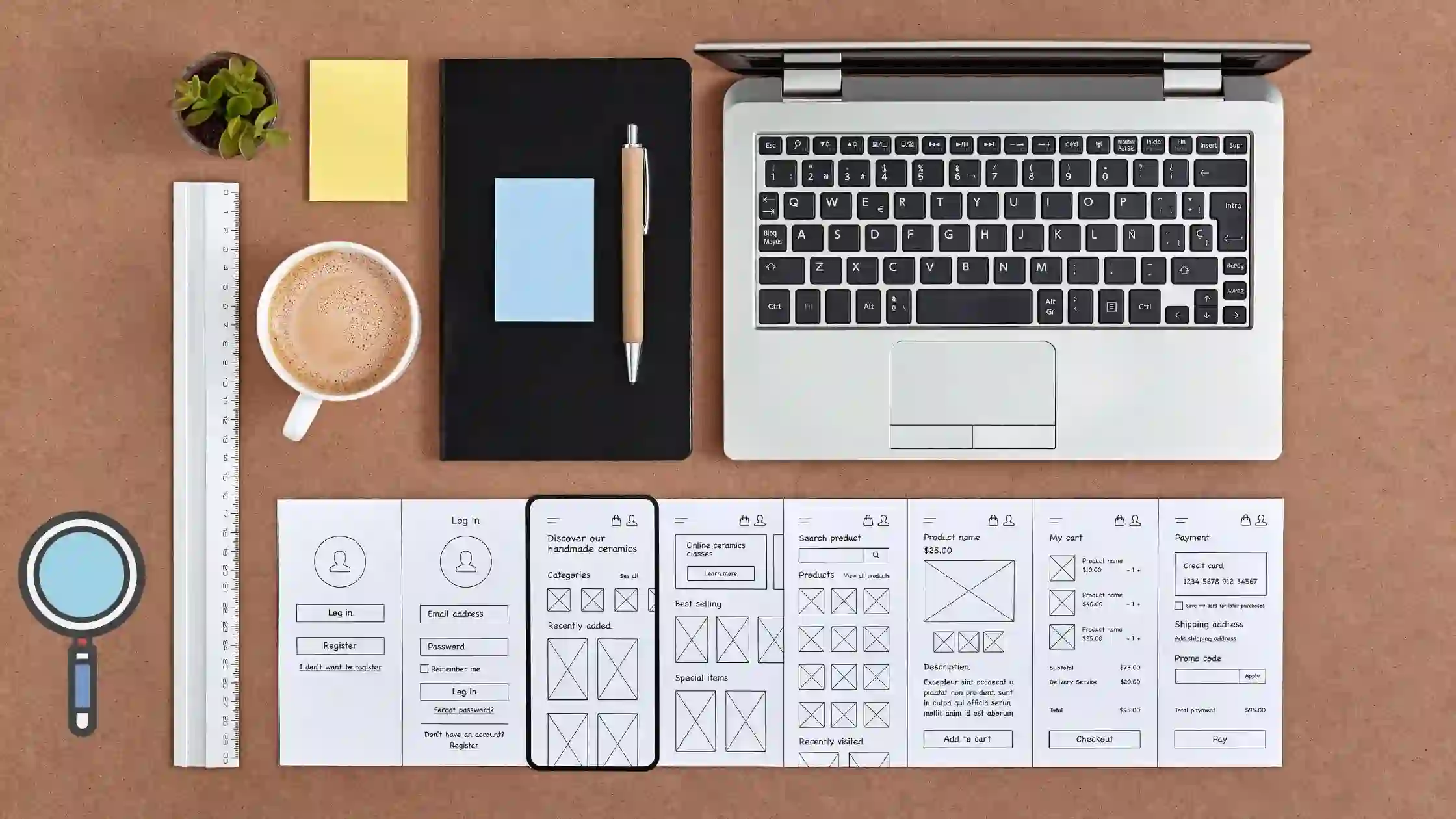
Prototyping Tools
Prototyping tools allow designers to create interactive mockups, significantly enhancing the design process. These tools allow designers to test and refine the user experience before actual development begins. For a comprehensive suite of tools that can help streamline your design and marketing efforts, consider using HubSpot. HubSpot offers a range of features that can take your projects to the next level.
Best Practices for Layered UX Design
User-Centered Design
Always put the user first. Understand their needs, preferences, and pain points—design with empathy and focus on creating value for the user.

Iterative Testing
Testing is not a one-time thing. Conduct regular usability tests to gather feedback and make improvements. Iteration helps refine the design.
Collaboration
UX design is a team effort. Collaborate with other designers, developers, and stakeholders to ensure all aspects of the user experience are covered. Contact us today to discuss collaboration opportunities and how we can work together to enhance your projects.
Case Studies
Successful UX Designs
Look at examples of successful UX designs. Analyze what made them work and how they utilized the layered approach.

Lessons Learned
Learn from both successes and failures. Understanding what went wrong in past projects can help avoid similar pitfalls.
Common Challenges and Solutions
Managing Complexity
Layering can add complexity. Break down the design process into manageable steps and use tools to keep track of progress.

Ensuring Usability
Usability should always be a priority. Regularly test with real users and make adjustments based on their feedback.
Adapting to Changes
The digital world is ever-changing. Be ready to adapt your design to new technologies, trends, and user expectations.
Future Trends in UX Design Layers
Emerging Technologies
Keep an eye on emerging technologies like AI, AR, and VR. These can open up new possibilities for enhancing user experiences. Incorporating these technologies into your UX design layers can significantly improve the interaction and engagement with your product.

Evolving User Expectations
User expectations are constantly evolving. Stay updated with the latest trends and continuously seek to improve the user experience.
Conclusion
In summary, understanding and implementing the different layers of UX design can significantly enhance the user experience. Each layer is crucial in creating a cohesive, user-friendly, and effective design. You can create digital products that meet and exceed user expectations by focusing on user needs, maintaining consistency, and staying adaptable.
Want to dive deeper into UX Design? Check out Your Ultimate Guide To UX Design Principles: Enhancing User Interaction for more insights on improving user interaction and creating seamless experiences. Don’t miss the essential principles every UX designer should know!
FAQs
What is the most important layer in UX design?
Each layer is important, but the strategy layer lays the foundation by aligning user needs with business objectives.
How do I start with UX design layering?
Begin with user research and strategy, then move through scope, structure, skeleton, and surface layers sequentially.
Can UX design layers be adapted for small projects?
Absolutely! The principles of layering can be scaled down for smaller projects, ensuring a thorough and user-centered design process.
How do UX design layers affect user satisfaction?
Layered design ensures that every aspect of the user experience is considered, leading to higher satisfaction and engagement.
What tools are best for beginners in UX design layering?
Tools like Figma, Adobe XD, and Sketch are great for beginners due to their user-friendly interfaces and extensive resources for learning.